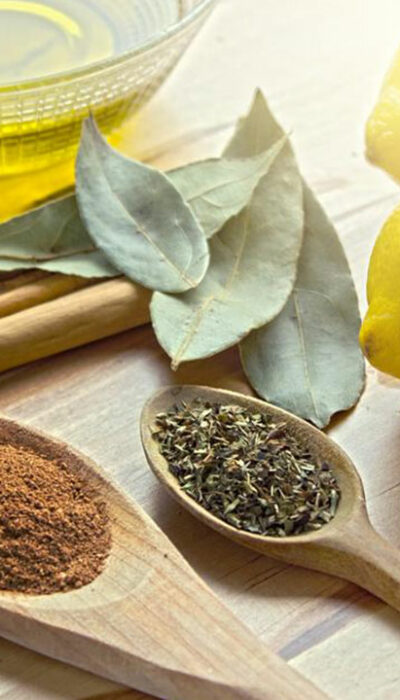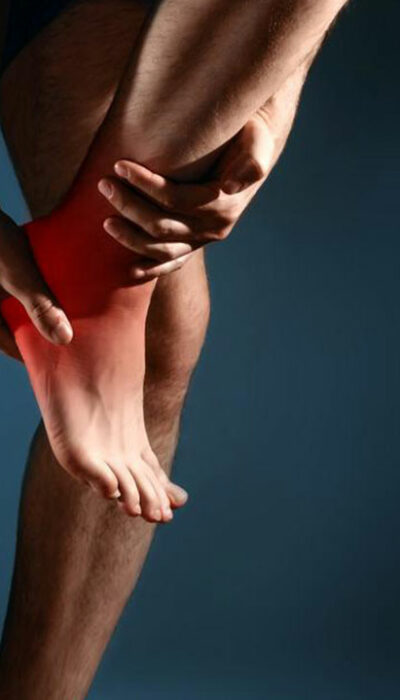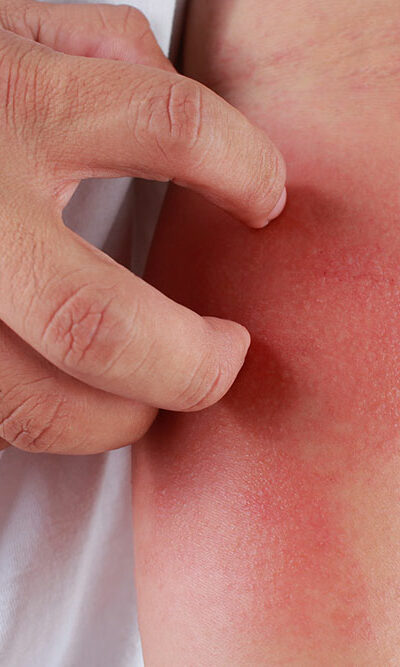
Foods to Avoid if You Have Arthritis
Arthritis, in simple language, refers to joint disease causing joint pain. Arthritis is not a single disease; doctors have been able to discover more than 100 types of arthritis. Arthritis is not age-specific, which means it can happen to anyone, at any age, any sex, and any race. In America, it is the major cause of disability where more than 300,000 children and 50 million adults suffer from arthritis. The body of a person suffering from arthritis is in an inflammatory state. Certain foods are to be avoided with arthritis as they not only increase inflammation but also push the person towards obesity and other chronic diseases such as heart attack and disabilities. Even though arthritis does not have a specific diet cure, certain foods to avoid with arthritis have shown to trigger inflammation, affect bones, and damage the immune system. There are different kinds of food that have the ability to promote or control inflammation. When anti-inflammatory food options are made a part of daily diet, pain resulting due to arthritis can be crushed to a great extent. Certain inflammation triggers in foods that can lead to arthritis and attached pain and swelling. Here is a list of foods to avoid with arthritis. Fried and processed foods – Researchers have proved that by lowering consumption of fried food and frozen meals, inflammation can be reduced and natural defenses of the body can be restored. Red meat – Red meat is loaded saturated fats well as omega-6 fatty acids and can trigger inflammation. This food should be avoided if you have arthritis. Patients have reported that after avoiding red meat, they have noticed a drastic improvement in the symptoms. Sugar and refined carbs – High sugar level results in inflammation. It is best to avoid processed food, candies, cakes as well as cold drinks loaded with soda.










